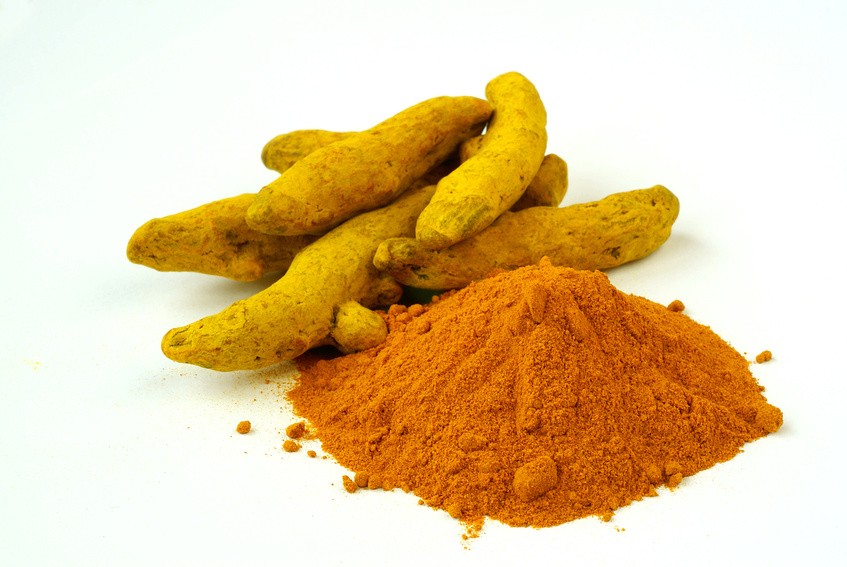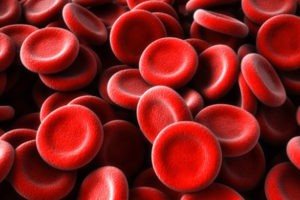
Diagnosed with SMM, SPB, or MGUS?
Learn how you can stall the development of full-blown Multiple Myeloma with evidence-based nutritional and supplementation therapies.
Click the orange button to the right to learn more.
- You are here:
- Home »
- Blog »
- Pre-Myeloma »
- Slow/Stop SMM’s March Toward Full-Blown Multiple Myeloma
Slow/Stop SMM’s March Toward Full-Blown Multiple Myeloma

“Hyperdiploid-myeloma is associated with male sex, kappa immunoglobulin subtype, symptomatic bone disease and better survival compared to nonhyperdiploid-MM
Hi David-I contacted you a couple months back in regards to my husband 47yrs old who was diagnosed with SMM in July of this year. We are in contact with a local oncologist and also with a MM specialist at the MAYO CLINIC in AZ.
The specialist says my husband has Hyperdiploid MM. Which he says one of the less aggressive kinds. There was recently a study done that has not been published yet that determines if one will develop the active MM in 2 or 10 years based on whether or not they contain the Myc gene.
Recently we got the clinical lab results back on that. There was what he called a disruption in gene myc which suggests higher risk of early progression. The specialist recommends regardless of how the results come out there is nothing to be done till it does progress into active MM. Just quarterly blood tests.
We have changed my husbands diet drastically and he has been supplementing with turmeric. I should also mention he has no signs as of yet of MM. PET Scan, bone suryvey and MRI have all come back clear. I guess why I’m contacting you is because we are having a hard time coming to terms not being able to do anything till it progresses into active MM. In your opinion is anything else we can do? Diet, supplements whatever. We have 2 small children and will do anything for him to survive this and watch our babies grow. Thank you! Anne
Hi Anne,
To learn more about these evidence-based, non-toxic therapies, please watch the short video below:
- MM Survivor
- MM Cancer Coach
- Director PeopleBeatingCancer
Recommended Reading:
Prognostic factors for hyperdiploid-myeloma: effects of chromosome 13 deletions and IgH translocations.
“Myc is a family of regulator genes and proto-oncogenes that code for transcription factors. The Myc family consists of three related human genes: c-myc (MYC), l-myc (MYCL), and n-myc (MYCN). c-myc (also sometimes referred to as MYC) was the first gene to be discovered in this family, due to homology with the viral gene v-myc.
In cancer, c-myc is often constitutively (persistently) expressed. This leads to the increased expression of many genes, some of which are involved in cell proliferation, contributing to the formation of cancer.[1] A common human translocation involving c-myc is critical to the development of most cases of Burkitt lymphoma.[2] Constitutive upregulation of Myc genes have also been observed in carcinoma of the cervix, colon, breast, lung and stomach.[1] Myc is thus viewed as a promising target for anti-cancer drugs.[3] Unfortunately, Myc possesses several features that render it undruggable such that any anti-cancer drugs for Myc dysregulation will require acting on the protein indirectly, i.e. targeting the mRNA for the protein rather than a small molecule that targets the protein itself.[4][5]
In the human genome, C-myc is located on chromosome 8 and is believed to regulate expression of 15% of all genes[6] through binding on enhancer box sequences (E-boxes).


